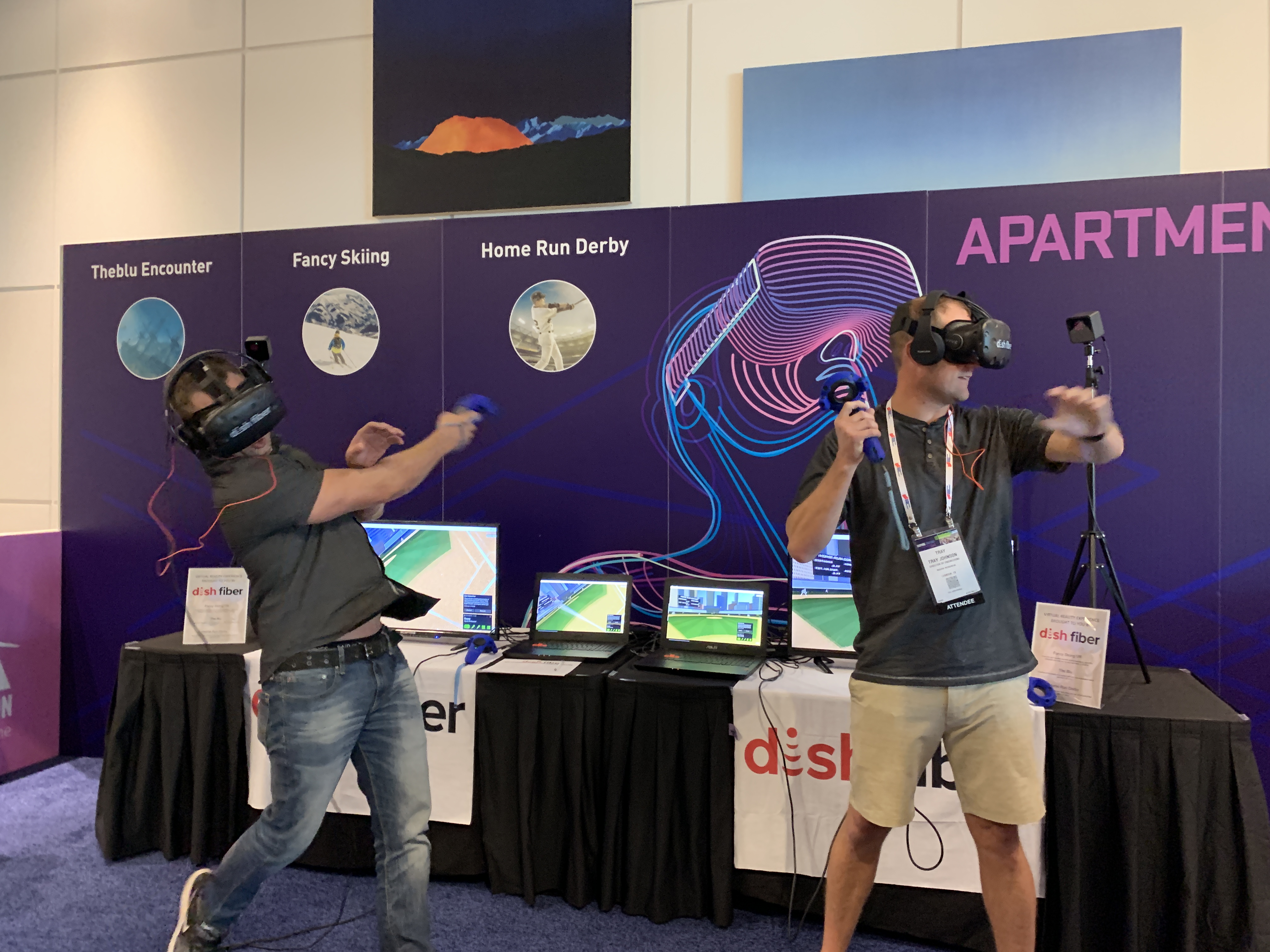
You can even view photos or videos on a computer or mobile screen without being distorted. Specifically, by using this technology, a user can put on VR glasses to view the images they have captured. It is also intended that they can be seen from a 2D perspective without any problem. The goal is to allow content creators capture photos and videos in virtual reality.

It is a tool designed to work with the videos of the cameras that use this format. So anything that makes it easier for consumers and content creators to edit VR on something other than a specialized high-end platform will help the format thrive. Editing VR video often has complications. VR180 Creator is a tool that aims to make it easier for people to edit video shots taken on 180 degree and 360 degree devices. Its goal is to grow in the market for cameras compatible with this new virtual reality system. Seek the support and collaboration of different brands experienced with video recording and playback, such as Lenovo and LG. It is a VR video conversion tool for macOS and Gnu / Linux. Google has released this open source tool to help content creators. This tool will allow us to work with VR videos in Gnu / Linux in a simple way. In the next article we are going to take a look at VR180 Creator. To start building your own VR tour, head over to g.co/tourcreator. Google’s Tour Creator is available now on standard web browsers, Google Cardboard compatible headsets with planned support for Google Expeditions support later this year. With Tour Creator, Google ups-the-ante further by allowing students and other enthusiastic vagabonds to actually create the very tours they’ve been enjoying over the course of the last three years. on virtual field trips to some of the planets most exotic locations. Google made waves in 2015 with its introduction of Google Expedition, taking students across the U.S. Examples include a detailed examination of the seven wonders of the world, an interesting look at the extravagant Plaza Hotel in NYC, even a tour of this years I/O conference! Google has already uploaded some impressive VR tours to their Google Poly 3D content library where you too can submit and share your virtual tour with friends, family, and other interested users. You also have the opportunity to add various interactive elements, such as specialized buttons which activate additional information on the current scene. Multiple locations, or “scenes” as they’re referred to by Google, can be stitched together to form a single tour. You can then search across Google Street View for your desired locations, or upload your own 360-degree photos for a one-of-a-kind tour. Here’s how it works: Begin by choosing the title of your upcoming tour as well as the cover photo you’d like displayed as its preview. “It has allowed our students from a small town in Georgia to tell our story to the world.” “Being able to work with Tour Creator has been an awesome experience,” adds Jennifer Newton, a school media coordinator in Georgia. “The technology gets out of the way and enables students to focus on crafting fantastic visual stories,” explains Charlie Reisinger, a school Technology Director in Pennsylvania. This means that virtually anyone, regardless of their experience in VR development, has the opportunity to build their own immersive content. Using images from Google Street View or their own 360-degree photos, students, teachers, pretty much anyone with a bad case of wanderlust can now design and build interactive tours of their favorite locations all through a simplified web-based application. Taking a break from its long-list of AR-based reveals, Google instead started off today’s festivities with the announcement of Tour Creator, a new tool that allows anyone to create their own personal world tours in VR. It’s officially day two of Google’s annual I/O Developer Conference here in beautiful Mountain View, California and the companies AR & VR division has once again started off the day with some big news. Google harnesses the power of photos and street view to deliver simplified, web-based VR development to students and teachers.


 0 kommentar(er)
0 kommentar(er)
